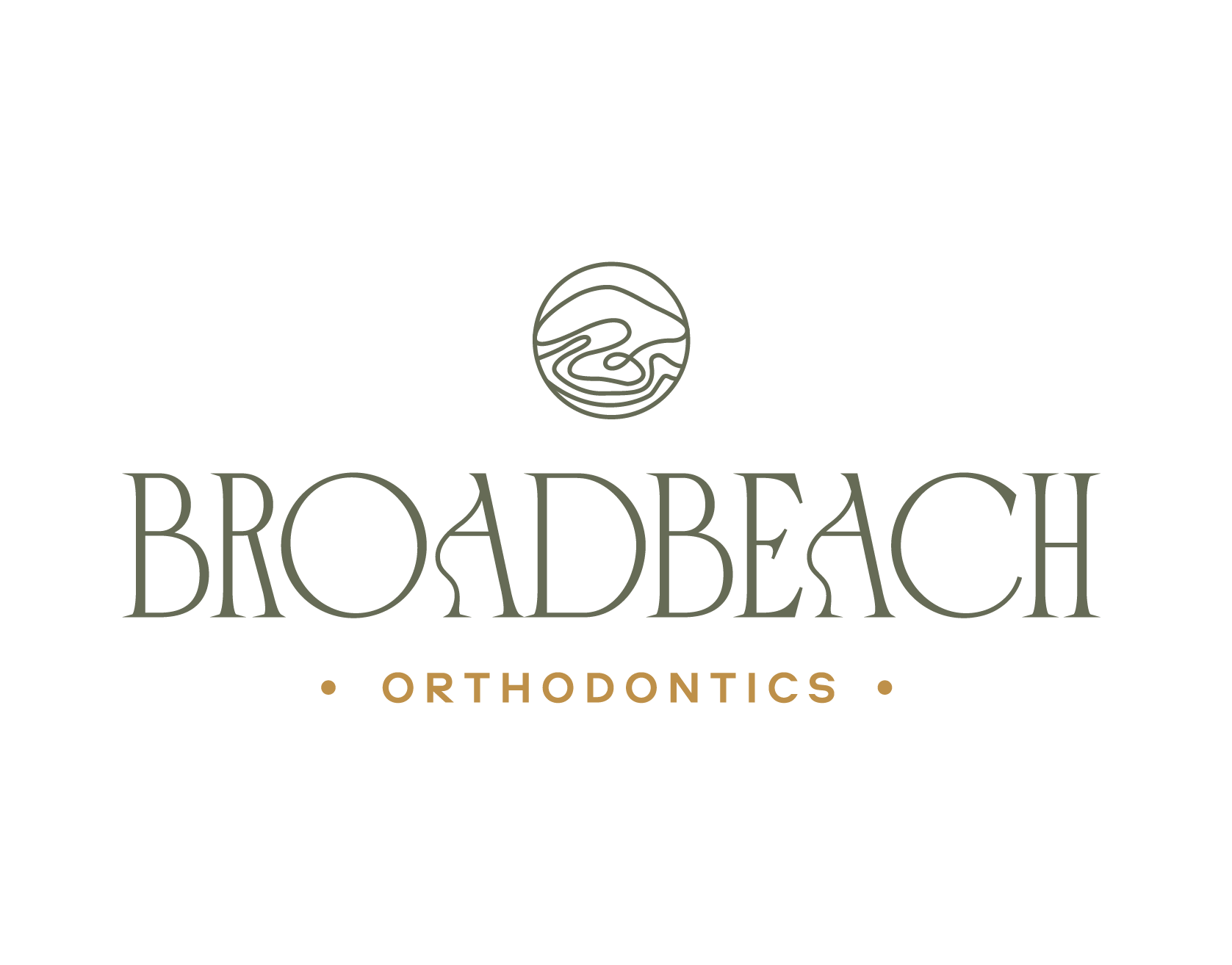Tips for a Healthy Smile
Getting braces is a significant step towards achieving a straighter, more beautiful smile. However, it’s natural to wonder about the state of your gums after the braces come off. Will they return to normal? The answer largely depends on how well you’ve cared for your gums during treatment and a few other factors. Here’s what you need to know.
Changes During Orthodontic Treatment
During orthodontic treatment, it’s common to experience some changes in your gums:
- Gingival Inflammation: Braces can make it more challenging to clean your teeth effectively, leading to a buildup of plaque and subsequent gum inflammation (gingivitis).
- Gum Overgrowth: Sometimes, gums may overgrow and cover part of the teeth due to constant irritation from braces.
- Recession: In some cases, gums may recede slightly due to the pressure exerted by braces.
Post-Braces Gum Health
After your braces are removed, your gums should start to recover and return to normal, but this process can vary based on several factors.
1. Oral Hygiene Practices
If you maintained good oral hygiene during your orthodontic treatment, your gums are more likely to bounce back quickly. Brushing, flossing, and regular dental checkups are crucial for healthy gums.
2. Professional Cleaning
Once your braces are off, a professional dental cleaning can help remove any accumulated plaque and tartar, significantly improving gum health. Your dentist might also recommend a deep cleaning if necessary.
3. Time and Healing
Gums have a remarkable ability to heal. If your gums are swollen or overgrown, they should begin to shrink back to their normal size after your braces are removed. This process can take a few weeks to a few months.
4. Gum Recession
If you experienced gum recession during your orthodontic treatment, your gums might not completely return to their previous state on their own. However, maintaining excellent oral hygiene and possibly using special toothpaste or treatments recommended by your dentist can help.
5. Orthodontic Follow-Up
Your orthodontist may provide retainers or other devices to wear post-braces. These devices help maintain the new position of your teeth and can also aid in allowing your gums to adapt and heal.
Tips for Post-Braces Gum Care
To help your gums return to their healthiest state after braces, consider the following tips:
- Brush and Floss Regularly: Use a soft-bristled toothbrush and fluoride toothpaste to gently brush your teeth and gums twice a day. Floss daily to remove plaque between teeth.
- Use Mouthwash: An antimicrobial or fluoride mouthwash can help reduce bacteria and promote gum health.
- Stay Hydrated: Drinking plenty of water helps wash away food particles and bacteria.
- Healthy Diet: Maintain a balanced diet rich in vitamins and minerals, especially vitamin C and calcium, which are crucial for gum health.
- Regular Dental Checkups: Continue seeing your dentist regularly for professional cleanings and checkups to monitor and maintain your gum health.
When to Seek Professional Help
If your gums do not seem to improve after your braces are removed or if you notice persistent issues like significant recession, bleeding, or discomfort, it’s important to consult your dentist or periodontist. They can assess your gum health and recommend treatments such as deep cleaning, scaling and root planing, or other periodontal therapies.
Conclusion
In most cases, your gums will gradually return to normal after your braces are removed, especially if you maintain good oral hygiene and follow your dentist’s advice. Patience and consistent care are key. By taking proactive steps to care for your gums, you can enjoy a healthy, beautiful smile for years to come.





